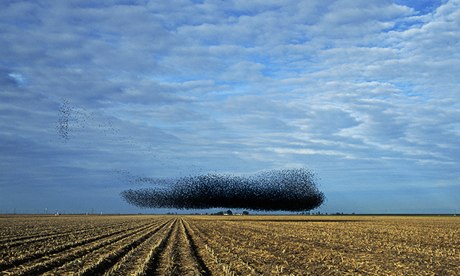Thousands of acres on the west side of California's San Joaquin Valley lie fallow. In official speak, the former agricultural land has been "retired". Water supplies have always been a problem for this drought-prone region. Yet what's pushed the area over the brink is salinity. The problem is in large part caused by farm irrigation, which picks up the salt that naturally occurs in the rocks and soils of the Central Valley and transfers it through drainage. Compounding the problem is the tidally influenced water that is pumped into the area from the Sacramento-San Joaquin Delta. A study by the University of California estimates that, left to continue, the Central Valley could be facing reparation costs of up to $1.5bn by 2030 and the loss of up to 64,000 jobs as agricultural production slides. A California-based startup thinks it might have the answer. WaterFX's solution comes in the unlikely shape of a vast bank of parabolic mirrors and an advanced "multi-effect" evaporating unit. The Aqua4 system offers a renewable method of desalinating briny water, which, if its developers prove right, could put California "on a path to water independence". How does it work? Unlike conventional desalination, which uses a high-pressure reverse osmosis system that forces salt and other solids through a membrane, WaterFX cleans water through use of a 400-kilowatt solar "trough" – hence the mirrors. This concentrated solar still collects the sun's energy, which heats a pipe containing natural oil, providing heat for the subsequent distillation process. "We wanted it to be highly modular and highly scalable so the same system is usable for very small applications all the way up to very large scale," says Aaron Mandell, founder and chairman of WaterFX, which is piloting the idea in the Californian water district of Panoche.
See rest of original article

No comments:
Post a Comment